Inside GreenWave’s Kelp Processing Plant
Affordable, regional kelp processing is essential to scaling regenerative ocean farming. With a short harvest window and even shorter shelf life, fresh kelp must be processed quickly to preserve its quality and value. Turning raw kelp into stabilized formats helps farmers reach new markets and generate income long after the harvest ends.
This year, GreenWave is scaling up—processing kelp from partner farms across Maine, Rhode Island, New York, and Connecticut. Our newly expanded operation is a major step forward in building the infrastructure that ocean farmers need to thrive in a blue economy.
While harvesting methods and end-uses vary by region, farm, and market, GreenWave’s mobile, low-cost processing line is designed to meet a wide range of needs. Built to be modular, replicable, and easy to operate, it provides a practical model for farmers looking to capture more value in the supply chain.
Here’s a behind-the-scenes look at how the system works—from harvest to stabilization.
Fresh from the Farm
Depending on farm size and equipment, freshly harvested kelp arrives at the plant in barrels, fish totes, or large bulk bags called super sacks that can hold upwards of 1,000 pounds.
Regardless of the container, the key is speed—kelp begins to degrade shortly after harvest, so the clock is ticking to get it processed and stabilized.
Equipment that Scales
Rather than relying on expensive, specialized machinery, GreenWave’s processing model uses simple and affordable equipment—some of which are repurposed from other industries. In our original facility, we adapted an industrial firewood conveyor to carry whole kelp from the unloading station to the next phase in the line.
Below, GreenWave team members load the kelp onto the conveyor, which carries it to the grinder.
Breaking Down the Harvest
At the top of the conveyor, the kelp is fed into an industrial grinder equipped with durable gear teeth that resist clogging and don’t require sharpening.
The grinder quickly shreds the kelp into smaller, manageable pieces. The chopped material then drops into an IBC tote, a large portable container that can be easily moved with a pallet jack. This flexibility allows for smooth transitions between processing steps and minimizes handling time.
Extending Kelp’s Shelf Life
Once shredded, the kelp is ready for stabilization—a critical step that prevents spoilage and preserves its value. The method depends on the final product application: kelp may be blanched, dried, fermented, or frozen.
Processing and stabilization unlock market access. Without these steps, farmers are limited to selling raw kelp during a short spring harvest window. But stabilized kelp can be sold year-round, opening doors to more buyers and more consistent income.
From Pilot to Powerhouse
GreenWave’s processing line isn’t just efficient—it’s designed to grow with the industry. By refining our equipment setup and expanding our pilot facility, we’ve increased our seasonal processing capacity from 50,000 pounds to 250,000 pounds of kelp. That scale-up was made possible by the system’s modular, mobile design, which allows us to handle larger harvests without the need for a massive footprint, costly infrastructure, or specialized training.
The new facility serves as a replicable blueprint for ocean farms across the country. It proves that with the right tools in place, farmers can unlock new markets, boost revenue, and build resilient, regenerative businesses.












